Honda Has Alarmingly Few Female Managers in Japan, and They Know It

Last month, Honda released its annual Sustainability Report outlining the company’s position and direction under its new CEO Takahiro Hachigo.
Outlined on Page 73 of its 104-page report, Honda admits its number of female managers in Japan is quite low.
Well, actually 0.5-percent low.
Even compared to other regions where Honda does business, the number of female managers in Japan is quite low. According to the report, 12.4 percent of managers in Honda’s Asia/Oceania region and 17.5 percent of managers in the North America region are female.
Compared to other automakers, the number of female managers at Honda isn’t much better. Nissan reported that 8.2 percent of its managers in Japan are female, and Fiat Chrysler Automobiles reported that 13.1 percent of its worldwide managers are female.
Matt Slouster, a spokesman for American Honda outlined a few steps by Honda in Japan:
“Increasing female representation in management positions is among Honda’s
The problem isn’t Honda’s alone, however. In 2011, only 4.5 percent of division heads in Japan were women, according to a regional study. Less than 1 percent of senior-level, executive managers in Japan were women. That’s compared to 9 percent in China and 15 percent in Singapore.
A 2014 story by The Economist details the struggles women in Japan are working to overcome. According to the report, 70 percent of women stop working for a decade or more after having children, compared to just about 30 percent in America. Of the women who work, many don’t work full-time or in permanent positions. In 2012, about 77 percent of Japan’s part-time and temporary workforce were women, the story reports.
It’s a widespread problem Japan has faced for decades and one that Prime Minister Shinzo Abe has specifically targeted to help revitalize the country’s aging and shrinking workforce — and even that may not help.
By 2020, Abe said women should occupy roughly 30 percent of “leadership” positions in Japan — government and business. Honda has a ways to go.

More by Aaron Cole
Latest Car Reviews
Read moreLatest Product Reviews
Read moreRecent Comments
- Analoggrotto Another brilliant decision from a company known for making brilliant decisions. In 5 years or less we will be reading about how they plan to fully refurbish the building (thanks tax payers) and move right back in. Hyundai should buy this building and use it as a Nexus of Affluence.
- SCE to AUX Hmm, must be part of Detroit's ongoing renewal.
- SCE to AUX Polls about electric cars are worthless, but the media loves them."35 percent saying they might consider one"... Ridiculously untrue, unless that fraction meant 'might' = 50% and 'consider' = 20%, so you get a more realistic 10%.Likewise, the variance in unreliable polls only makes things worse, so comparing this year's bad poll to last year's bad poll is just dumb.
- Ras815 "Showroom quality"? Which showroom would that be - a rural small-town used car lot?
- TheMrFreeze Whenever I see "Junior" used like this, in my mind I hear Sean Connery calling Harrison Ford "Junior" in "Indiana Jones and the Last Crusade"
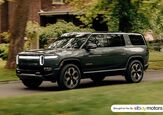

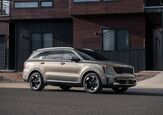

















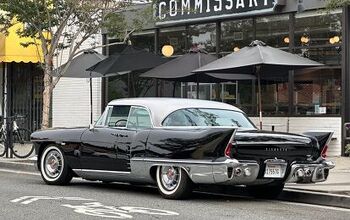
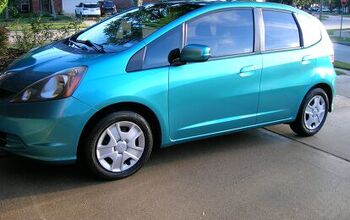



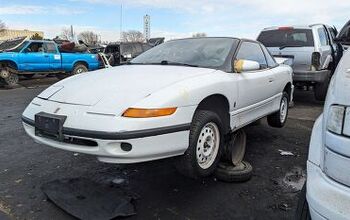


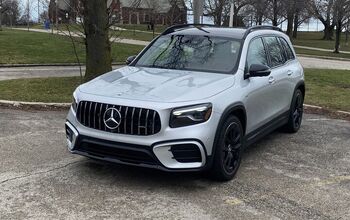
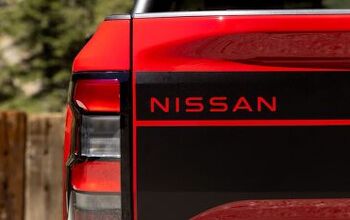
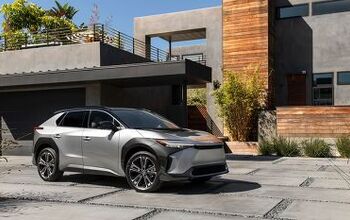

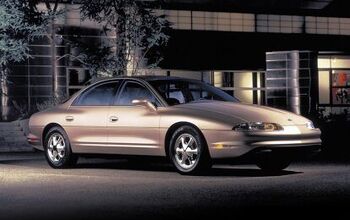

Comments
Join the conversation
Japanese men are so irredeemably sexist that Japanese women have decided to make no more of them. joseitachi, gambatte! Buy Hondas while you still can!
I often go to the Nissan building in Yokohama to see what classic is on display, there is a mall near by with food and I see lots of female gaijin employees with their badges around their necks. Nissan seems to have not only lots of women, but westerners as well.